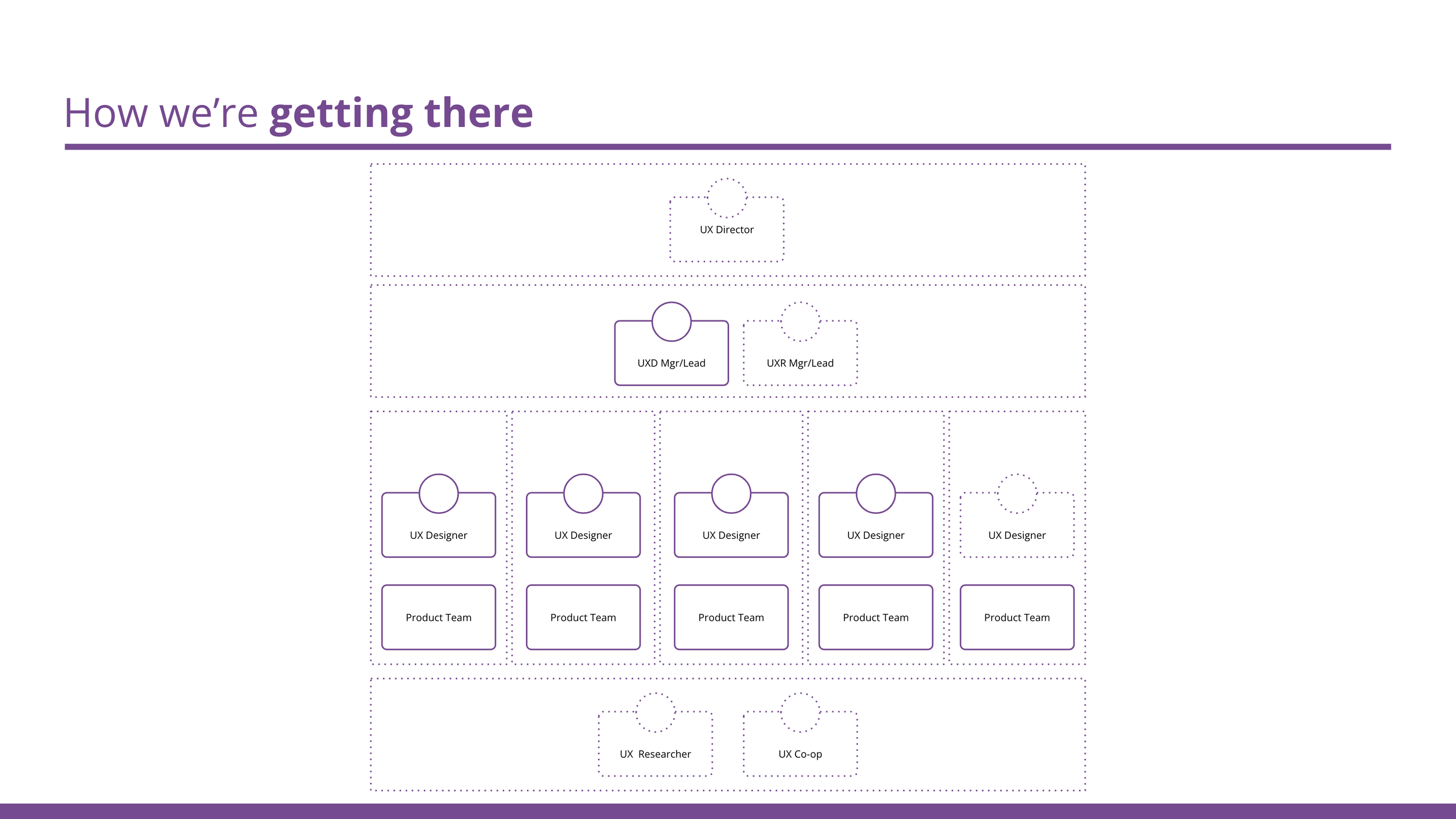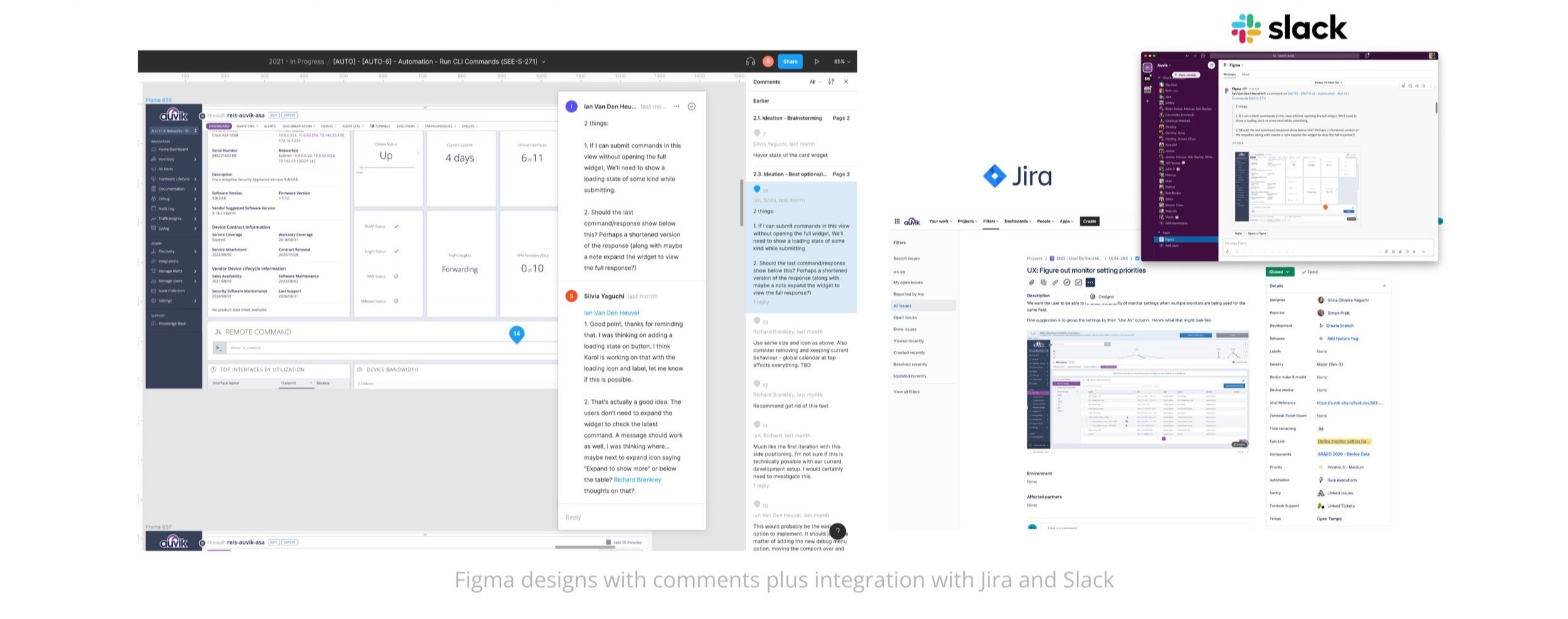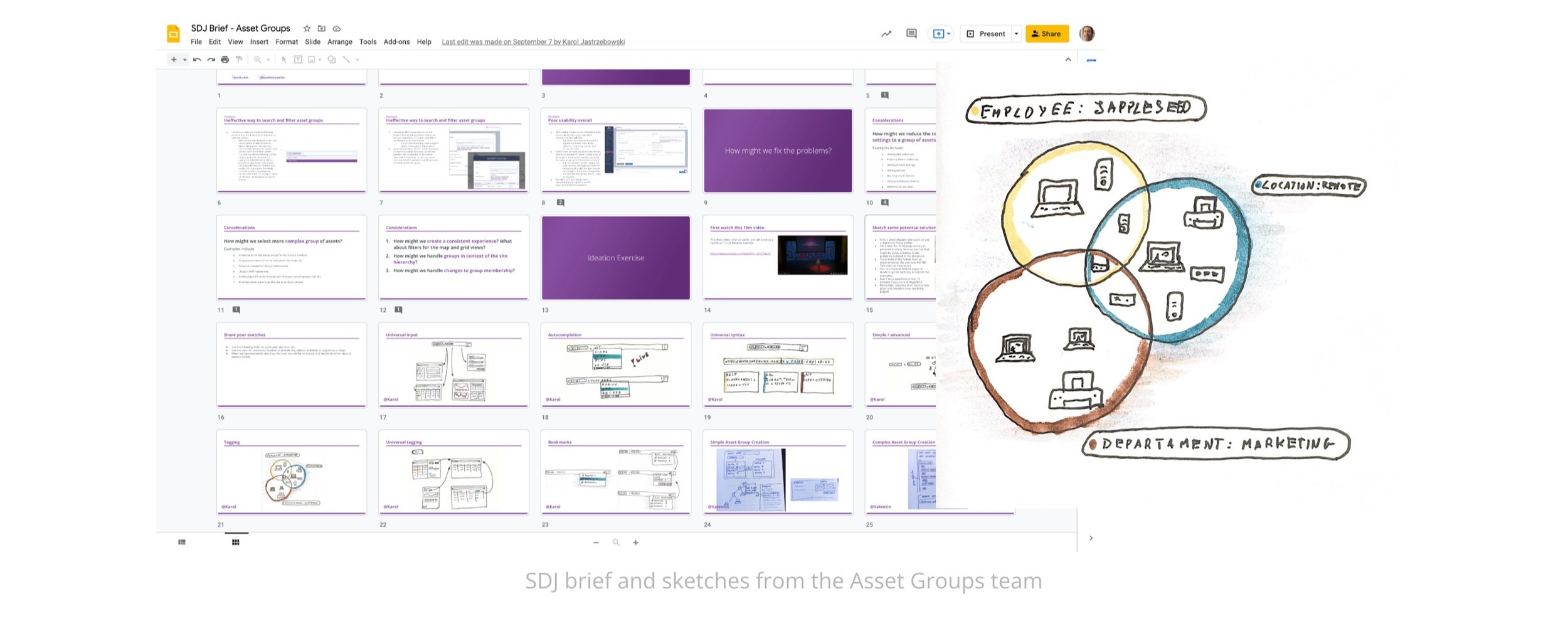
Building a UX design practice and envisioning the future of IT cloud management solutions.

Reintroducing UX Design
Founded by engineers, Auvik had always been a technology-led product, and while the company had done well building out a capable product management team, there had been little to no investment in a UX team.
The previous solo UX designer had left the company almost a year before I started, leaving behind an impressive archive of sketch files but no documentation or onboarding material.
Before leaving, the previous designer had started a new UI design concept with some sample components and somehow one of the development teams had started using these new designs as they were migrating parts of the legacy code to a new React framework.


We need a Design System!
When I arrived there were at least 2 different style and component libraries, and neither were complete. There were so many inconsistencies in the product, both customers and executives were complaining.
One of my first objectives then was to perform a full audit of the product, document the inconsistencies, and work with the engineers to fix and consolidate everything into a new Design System.

We need a team!
Building a design system wasn’t going to happen overnight or without a team, and it wasn’t the only thing that was desperately needed at Auvik.
With multiple product managers and a development team of around 50 there was enough work for 5 designers, not just one.
So I made a business case, educated executives and decision makers, got budget approval and within 12 months hired 4 more designers.
I started spending a lot of time working in Google slides ;)


Wearing all the hats
While getting to work on the Design System and UX hiring plan right away, for the first four months I was also the only designer on the product team so in addition to these high-level initiatives, I was doing everything else in between, including:
Working with sprint teams to release features
Supporting a product-led-growth strategy/team
Advocating for customer/user research and testing practice
Building relationships and elevating UX across the organization
Introducing Design Operations
Creating a UX Playbook and Team Onboarding Experience
Fostering more collaboration with tools, frameworks and guidelines to help empower others
Supporting and helping to define the future product vision, strategy and roadmap
As time went on I worked even more frequently in Google Slides, and while I remained closely in the loop with my team and the different product initiatives, spent more time in higher-level meetings and conversations.


I introduced new tools, methodologies and frameworks, then integrated them into existing workflows
Product and Engineering leaders used Aha! for all roadmapping and high-level strategy, while development teams used Jira. Everyone used Slack.
Switching from Sketch to Figma was a no brainer. Introducing the product and integrating to both the high-fidelity design tools as well as the ideation (Figjam) spaces into our workflows was a lot of fun and helped improve collaboration, documentation, versioning, cross-team visibility and communication, among other things.
I also helped introduce User Story Mapping and Solution Design Jams which became popular with engineering and other teams who in the past had been left out of the ideation and discovery phases.




Outcomes and achievements
In the space of 18 months I helped transform a “solution-focused” organization by introducing design as a key pillar alongside product and engineering.
I established a UX practice and hired a team of designers, educating the organization and leadership and elevating design from a single step in the production process to a key position within product and engineering workflows.
I helped foster a more collaborative working environment, bringing developers and folks from other teams into the design process for ideation exercises and participatory design jams.




Lessons & key takeaways
This was not my first time starting a UX practice at a technology/SaaS company, and while I was able to achieve much more than in previous roles, the experienced served as a reminder that establishing any design practice is as much about the undertaking to transform a company culture as much, if not more so than the tools, frameworks, methodologies, platforms and people we employ to get the work done.
In order for a company to fully embrace design as a core pillar of the organization, they must be ready to invest as much in design and designers as they do in other areas of the business. Executives must also understand that design is not about a step in the production process, but rather an important strategic part of their business.
Thanks for reading!
Check out more case studies below, or to get in touch, please connect with me via LinkedIn while I work on building out this site.